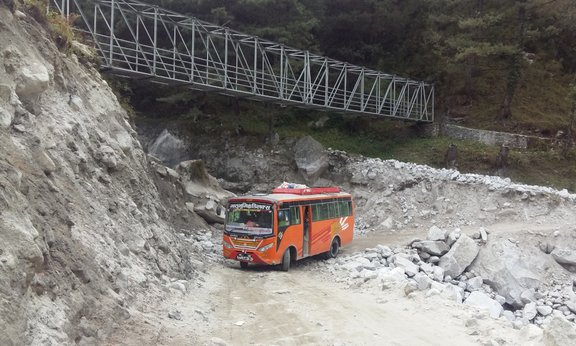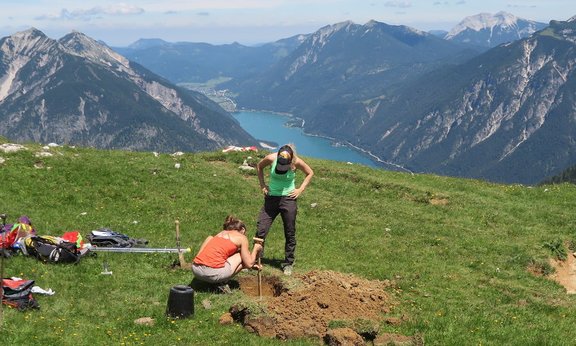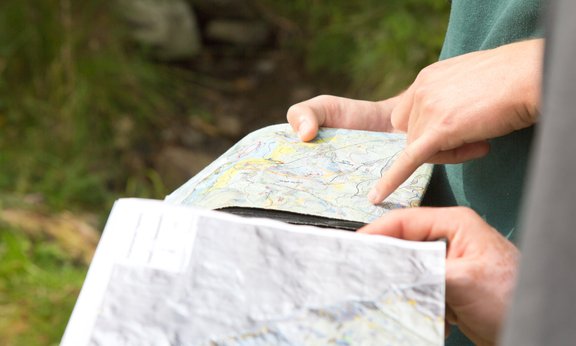Coupled Human-Landscape Systems: Risk & Resilience
Addressing challenges of greater mountain regions from a multi‐dimensional and dynamic perspective
Loss events triggered by natural hazards with sometimes disastrous effects occur within a strongly interconnected social and physical context, including climate change and economic crises. However, most research on natural hazards still lacks interdisciplinary approaches that consider natural and social processes equally. Although progress has been made to mitigate and adapt to natural hazards, the integration of different approaches remains a major challenge. In particular, in the development of plans for risk management against natural hazards in mountain regions.
This challenge is being met by the working group Coupled Human-Landscape System, which is addressing risk and resilience issues in mountain regions that face different socio-economic and environmental risks. Mountain regions differ in their abilities to cope with these risks and in the way their resilience develops.
The focus is on:
- analysing the interactions between human and geo-bio-physical systems in order to contribute to an improved understanding of relevant interactions that can prevent natural hazards from turning into major loss events or even catastrophes.
- improving our theoretical understanding of risks, risk drivers, interactions and resilience of communities in mountain regions.
- exploring methodological and practice-based options to analyse decision-making and everyday practices in dealing with natural hazards, as well as to incorporate them in the development of resilience-building strategies and risk management plans.
- enhancing our understanding of how research processes on risk and resilience can be designed to create and communicate knowledge and provide societal value.








